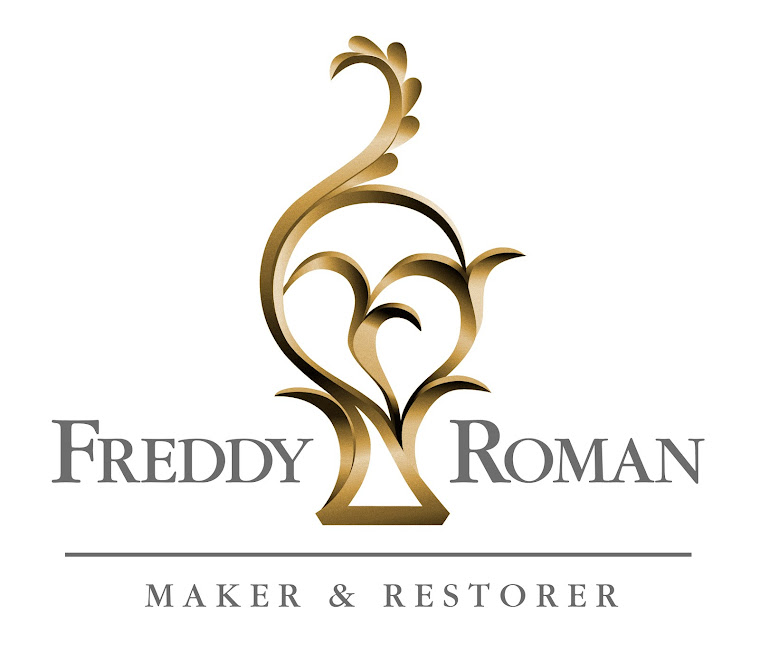In the studio I have a window bench that is in its final stages before finishing and install. Currently in the project there is the need to cut rectangular sections from the cherry plywood that make up the facade of the paneling to receive vents openings. This lead me to decide how in the hell am I going to cut the pair rectangles quickly and effortlessly.
So what are my options... I could use the table saw and figure out starting and stopping points on the fence while referencing max blade height. While this is a clean and quick option there is some risk involved. Option 2 is to bore a hole in the plywood and fret saw the rectangles by hand. Option 3 and the option I chose is to bore a hole and just use my Delta Milwaukee variable speed scroll and cut right on the line.
It was amazing how quick and easy this procedure went and with very little to zero clean up necessary. As always there is more than one way to do a particular method, but most often there is only one correct, safe, and easy way. So choose wisely.
Next is to rabbet the opening to receive the vents.











